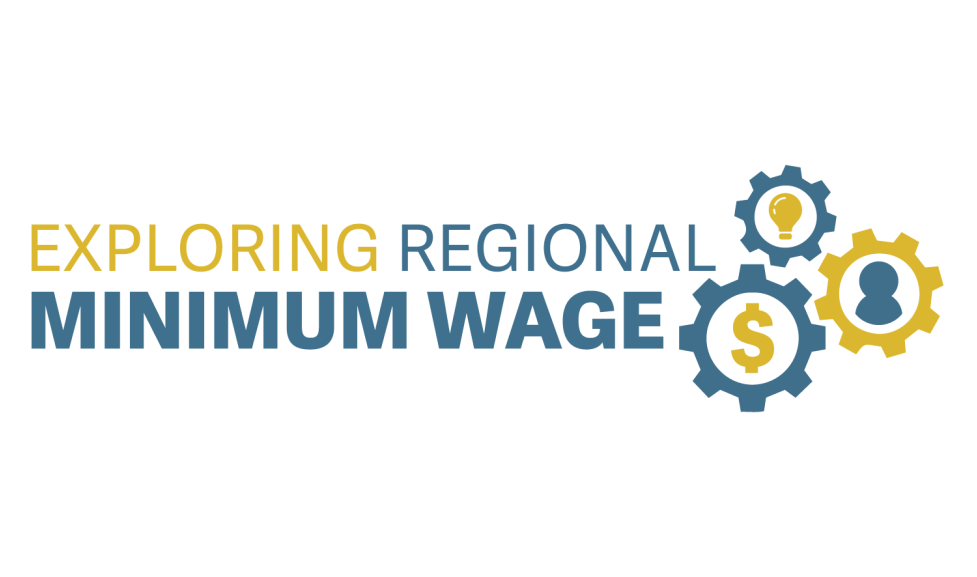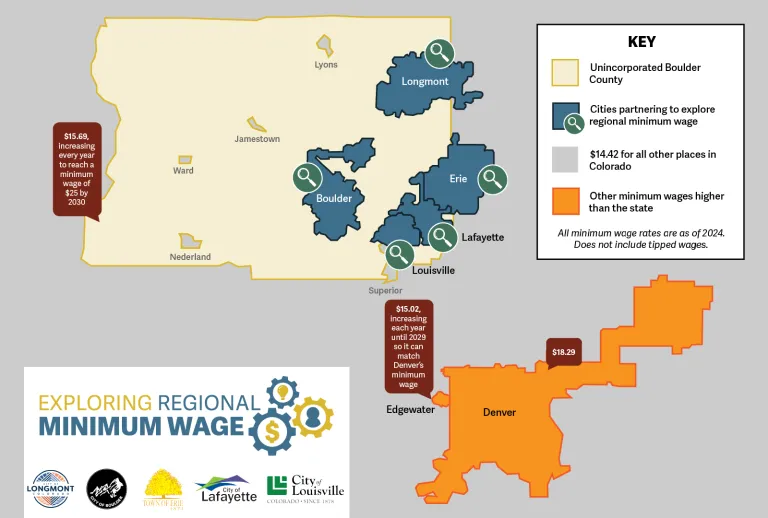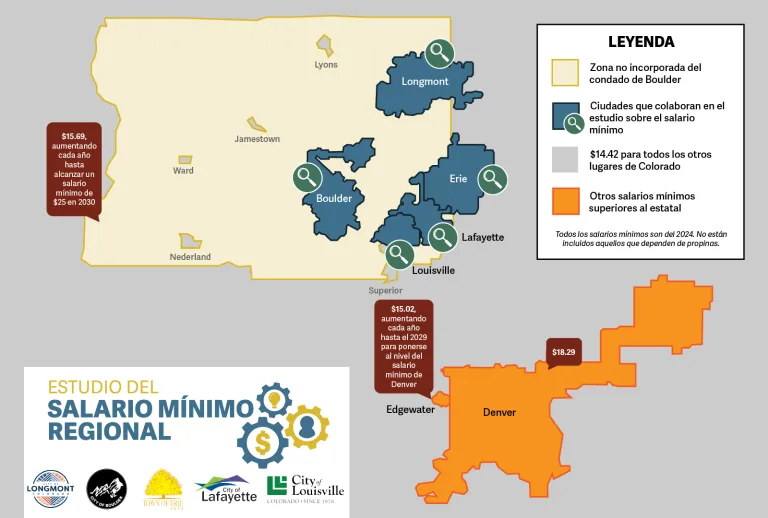Project Overview
The Cities of Boulder, Longmont, Lafayette, Louisville and Erie collectively explored an increase to the local minimum wage in their respective communities, as allowed by state law, through research and community engagement to consider a specific minimum wage level that is competitive, responsive to current and future needs, and meets as many shared outcomes as possible.
Boulder City Council has approved an increase minimum wage. Starting Jan. 1, 2025, the new minimum wage in the city of Boulder is going up to $15.57/hr.


